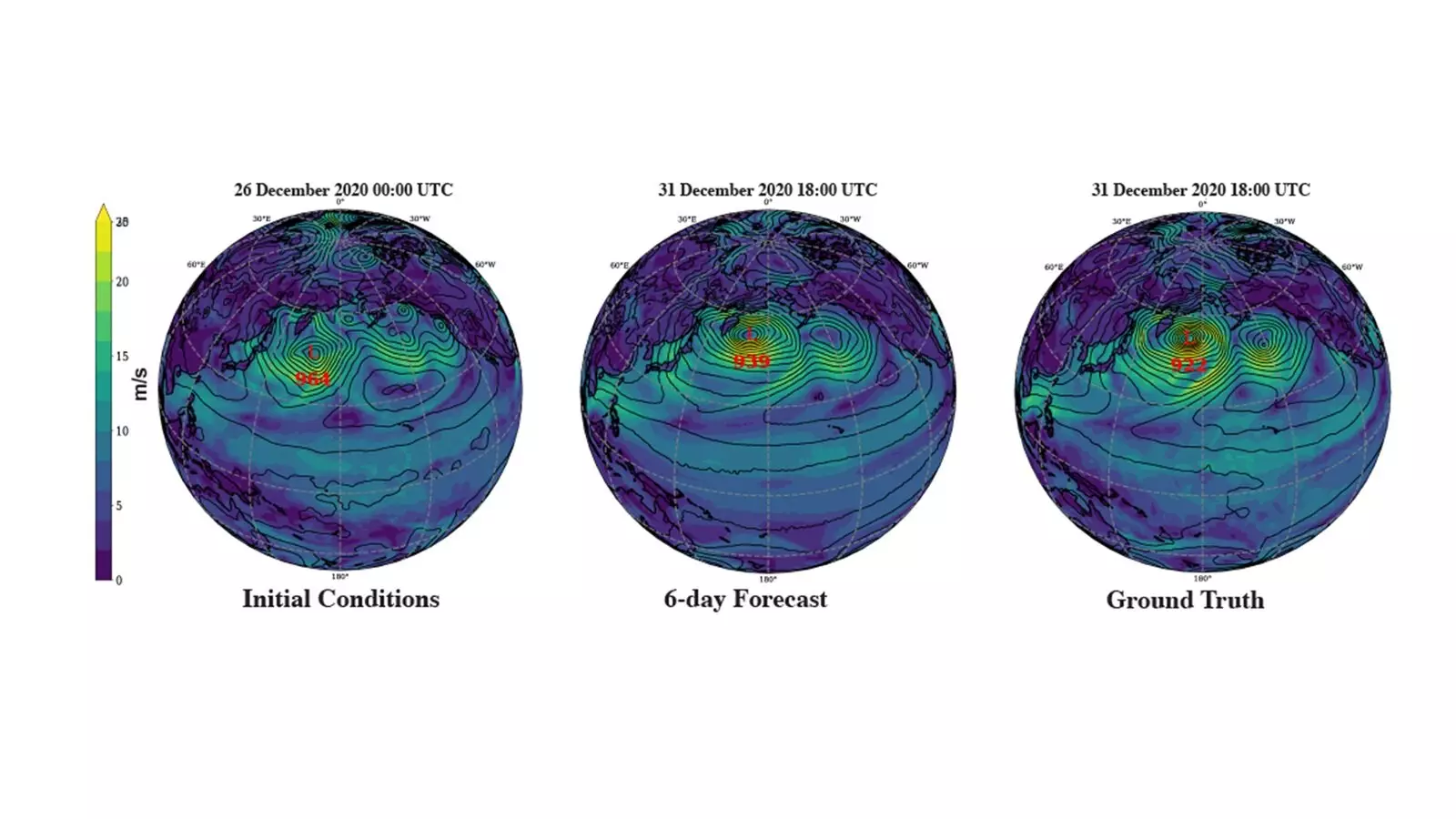The intricacies of meteorology have long presented challenges that require sophisticated mathematical models and high-powered computing resources. Traditionally, weather forecasting relies heavily on thermodynamics and fluid dynamics, using complex equations to simulate atmospheric behavior. These models, while essential, are costly and resource-intensive, often requiring massive supercomputers to execute. However, as technology advances, the integration of artificial intelligence (AI) into weather forecasting heralds a significant shift in the field. Experts from institutions like the U.S. Department of Energy’s Argonne National Laboratory are pioneering a transformative approach utilizing foundation models that could fundamentally change how meteorological predictions are made.
Foundation Models: A Paradigm Shift in Approach
Foundation models, often utilized in natural language processing, represent a novel approach by leveraging AI to analyze data in a way that deviates from conventional methods. Rather than engaging solely with textual sequences, these models apply a visual interpretation to atmospheric data. Instead of words, the models use images—specifically, patches of charts indicating variables like temperature, humidity, and wind velocity at different atmospheric levels. This innovative method allows for a more nuanced understanding of spatial and temporal information, offering researchers the opportunity to glean insights from environments that may have previously seemed impenetrable.
This shift in methodology is emphasized by Argonne computer scientist Sandeep Madireddy, who notes that the layout and interactions represented in these image tokens provide a new dimension for meteorological analysis. By doing so, researchers are breaking away from the traditional confines that dictated a reliance on high-resolution data to yield accurate forecasts, a paradigm that has driven meteorological practices for decades.
Computational Efficiency Meets Forecasting Accuracy
One of the most striking advantages of this new foundation model approach is the enhanced computational efficiency it offers. Researchers have discovered that relatively low-resolution data can yield results that rival those produced by high-resolution models, traditionally viewed as the gold standard in forecasting accuracy. Rao Kotamarthi, an atmospheric scientist at Argonne, highlights the long-held belief that higher resolution translates to superior forecasting. The empirical evidence gathered by the scientific team, however, indicates that foundational models can produce comparable results with less resource-intensive methods—a revolutionary finding that will have ripple effects throughout the forecasting industry.
The implications extend beyond mere accuracy; they represent a potential cost-saving approach for sectors ranging from aviation to agriculture, where timely and precise weather information is paramount. This newfound computational efficiency could democratize access to reliable weather predictions, ultimately fostering a more informed public and resilient economy.
AI in Climate Modeling: A Tougher Challenge Ahead
While the advantages of AI in immediate weather forecasting are becoming increasingly evident, applying similar methodologies to climate modeling poses a myriad of complexities. Unlike the relatively short-term predictions involved in day-to-day weather forecasting, climate modeling requires an examination of long-term trends and shifts in environmental patterns, a task made more difficult by the dynamic nature of modern climate change. As pointed out by Argonne environmental scientist Troy Arcomano, the energy balance and statistics of the climate are in constant flux due to anthropogenic factors like greenhouse gas emissions.
Kotamarthi explains that although foundation models hold promise for climate modeling, the incentives for private sector investment in this area are limited compared to the burgeoning interest in weather forecasting technologies. As such, this frontier may remain largely in the domain of public research institutions, which are essential to ensuring that these advancements serve the broader public good rather than being driven solely by profit.
Exascale Computing: The Next Frontier
The arrival of Argonne’s new exascale supercomputer, Aurora, represents a pivotal step in harnessing the full potential of AI for weather and climate modeling. This cutting-edge technology empowers researchers to train expansive AI models that can operate at high resolutions, enabling a level of precision previously unattainable. With access to such advanced computing capabilities, the possibility of refining climate models becomes increasingly realistic, paving the way for groundbreaking advancements in our understanding of climate systems.
As this innovative research progresses, the intersection of AI and meteorology is likely to yield insights that could redefine entire industries. The recognition of their work—receiving the Best Paper Award at a prominent international workshop—signals both the importance and potential impact of this research within the scientific community, emphasizing the urgency of tackling climate change with innovative solutions.
The integration of AI foundation models into weather forecasting is not just a technological upgrade; it is a revolutionary shift that stands to enhance accuracy, efficiency, and our overall understanding of atmospheric science. As the landscape of meteorology continues to evolve, the role of artificial intelligence will undoubtedly be pivotal in meeting the pressing environmental challenges of our time.


Leave a Reply